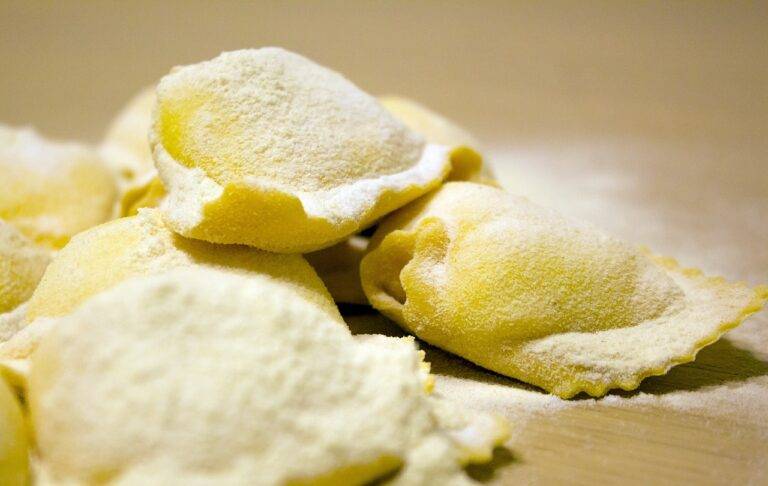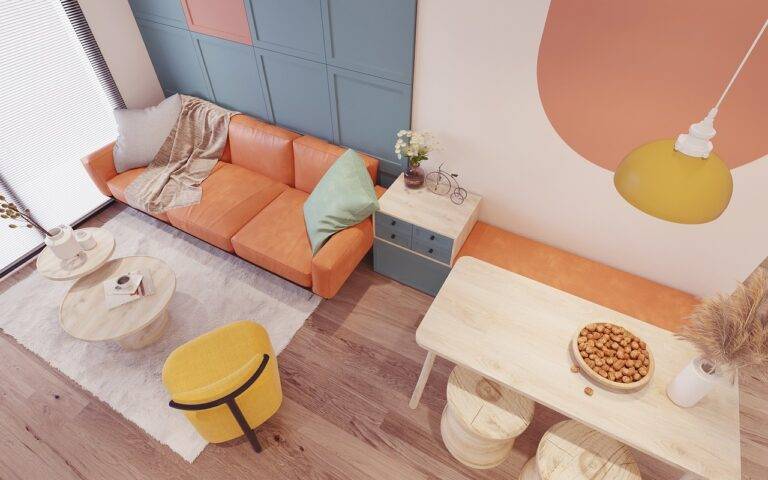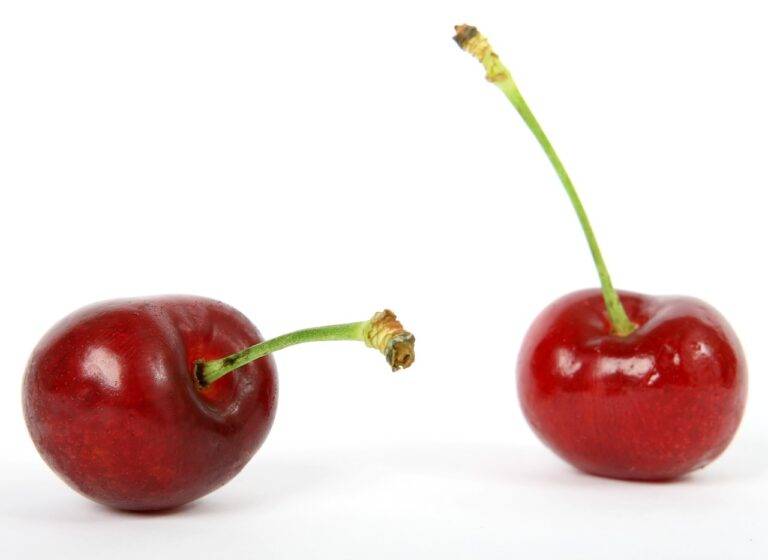Reducing Water Consumption with Low-Flow Fixtures in Home Improvement
Low-flow fixtures are becoming increasingly popular in households and commercial buildings due to their water-saving benefits. These fixtures, such as low-flow toilets, faucets, and showerheads, are designed to limit water usage without compromising on performance. By reducing the flow rate of water, these fixtures help conserve water resources and lower utility bills for consumers.
In addition to saving water and cutting down on water bills, low-flow fixtures also contribute to environmental sustainability by reducing water waste. Traditional fixtures can use a significant amount of water unnecessarily, whereas low-flow options provide an efficient alternative that aligns with modern efforts towards eco-friendliness. As water scarcity becomes a growing concern globally, the adoption of low-flow fixtures plays a crucial role in promoting responsible water usage practices.
Benefits of Using Low-Flow Fixtures
Low-flow fixtures offer a variety of advantages that can positively impact both the environment and your wallet. By reducing the amount of water used in daily activities such as showering or washing dishes, these fixtures help conserve water resources while also cutting down on your monthly water bills. In addition, the decreased water usage can contribute to a more sustainable lifestyle by lowering overall water consumption in households.
Another benefit of using low-flow fixtures is the potential for energy savings. Since heating water requires energy, the less hot water you use, the less energy is needed to heat it. This can lead to reduced energy bills over time, providing both financial benefits and a more eco-friendly approach to daily water usage. Overall, incorporating low-flow fixtures into your home can promote water conservation, reduce energy consumption, and contribute positively to the environment.
What are low-flow fixtures?
Low-flow fixtures are plumbing fixtures designed to reduce water usage by limiting the flow of water without sacrificing performance.
What are some examples of low-flow fixtures?
Examples of low-flow fixtures include low-flow toilets, low-flow showerheads, and low-flow faucets.
How do low-flow fixtures benefit the environment?
Low-flow fixtures help conserve water resources, reduce energy consumption for water heating, and minimize strain on local water supplies.
Do low-flow fixtures save money on water bills?
Yes, low-flow fixtures can help reduce water bills by using less water and lowering overall water usage in the household.
Are low-flow fixtures easy to install?
Yes, low-flow fixtures are typically easy to install and can be a simple upgrade for any bathroom or kitchen.
Can low-flow fixtures still provide good water pressure?
Yes, modern low-flow fixtures are designed to provide adequate water pressure while using less water.





